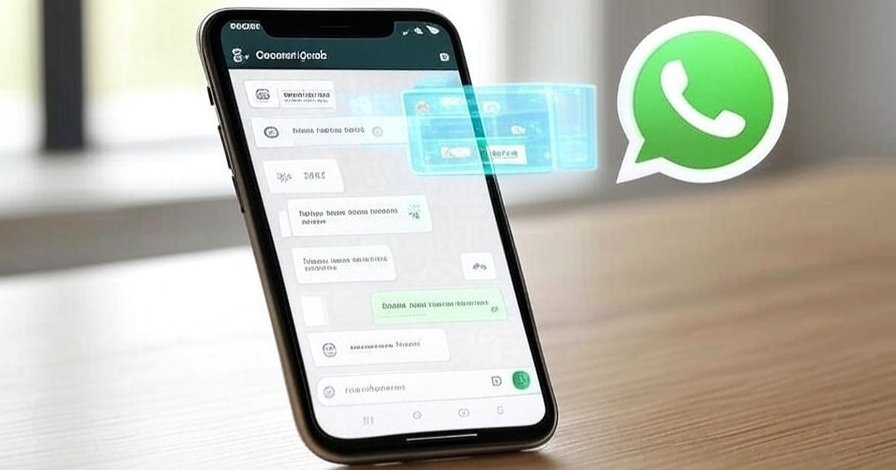The way you write emails can shape how others see you either as competent or careless. Below is a breakdown on the key principles of email etiquette that keep communication smooth, clear, and professional.
Why Email Etiquette Still Matters
In today’s fast-moving world, emails are often the first — and sometimes only —
impression. A poorly written message can cost you opportunities. A well-crafted one? It builds trust, clarity, and respect.
Think of email like a digital handshake. Polished. Purposeful. Powerful.
The Basics: Your Foundation
- Start with a Clear Subject Line
Make it specific and relevant. “Meeting Update: April 12 at 10 AM” beats “Important Info.” - Use a Proper Greeting
Always begin with a respectful salutation.
→ Formal: “Dear Dr. Amina,”
→ Casual but professional: “Hi James,” - Keep It Short and Sweet
People skim emails. Make your point quickly. Avoid walls of text. Use spacing and bullet points for clarity.
Tone: The Invisible Message
Your tone carries more weight than your words.
Avoid sounding cold or overly casual.
Examples:
→ Instead of “I need this by noon,” try “Could you kindly share this by noon?”
→ Avoid emojis or slang in professional settings.
Tone is like seasoning — too much or too little can ruin the dish.
Punctuation and Grammar Count
Bad grammar isn’t just sloppy — it can make you seem careless or unprofessional.
Use punctuation to guide the reader. Don’t overdo exclamation marks. One is enough
Common mistakes to avoid:
Mixing up “your” and “you’re”
No punctuation at all
Writing in all lowercase or ALL CAPS
Remember: Spellcheck is your silent assistant. Use it.
Reply Like a Pro
- Acknowledge Receipt
Even if you can’t give a full answer right away, say: “Thanks, I’ll review and get back to you
shortly.” - Respond Promptly
Aim to reply within 24 hours. Delayed responses can feel dismissive. - Use ‘Reply All’ Carefully
Only loop in those who truly need to know. No one likes unnecessary inbox clutter.
Attachments and Links
If you’re sending documents:
Mention them in your message (“Please see the attached proposal”)
Label files clearly (“Q2_Report_SmithCo.pdf” instead of “document1.pdf”)
Avoid huge files — compress them or use a cloud link
Sign-Offs That Work
End your email on a courteous note.
Good examples:
“Best regards,”
“Sincerely,”
“Warm wishes,”
Then include your name and (if needed) your title and contact details.
Common Email Red Flags
Writing in a rush and forgetting key info
Using humor or sarcasm that doesn’t translate well
Being too demanding or passive-aggressive
Not proofreading — typos kill credibility
Final Tip: Read It Out Loud
Before hitting send, read your message out loud.
If it sounds off, it probably reads off too. A few seconds of review can save hours of regret.





